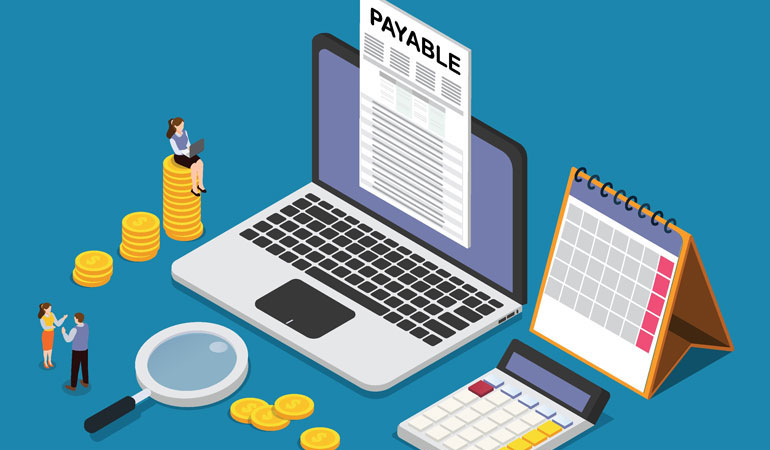In the era of hybrid work, businesses are turning to automation across their operations to eliminate time-consuming, cost-inefficient, manual processes. While every department in an organization can benefit from automation in one form or another, accounts payable (AP) experiences specific benefits.
AP automation refers to introducing tools and/or processes that remove manual tasks such as data entry, GL coding, and exception processing from human employees. Businesses in every industry are seeing meaningful results in improved productivity and profitability by leveraging AP automation.
But where do you start if you’re curious about automating your AP? There are eight tried and true accounts payable automation best practices that you’ll want to consider as you introduce automation in 2023.
1. Host a Planning Phase and Anticipate Complexity
It’s wise to start your move to AP automation by sitting down with leadership and AP team members to look at your processes and consider how they will change with automation responsible for much of the work. What parts of AP will you automate? What parts have you already automated? Where are the gaps? What can’t ERP do easily or affordably? Which users are not in ERP but need to participate in workflow? Where are employees wasting time? What higher value tasks should humans be reallocated to based on what automation eliminates? These are the questions to ask during your planning phase so you aren’t caught off guard when you move to implementation.
And be sure to consider the complexities you might face along the way. This is where creating a workflow diagram is helpful so you can visualize what you’re automating and anticipate how complicated some of the steps might be.
2. Involve Your AP Team
Getting buy-in from your accounts payable team is essential in successfully implementing AP automation. Be aware that some of your team members might suspect that part of their jobs will be replaced by software during this migration, but you can assure them that automation is not in place of human talent — rather, augmenting it.
Some employees may be reluctant to embrace change simply because it means doing things differently, but if you demonstrate how AP automation will make them more productive and eliminate mundane tasks, they’ll be curious rather than fearful.
3. Establish a Project Manager
Assigning responsibility for your AP automation project is a must, so one person is spearheading your transition. This person should be prepared to oversee the details of implementation and communicate with your implementation vendor. They will also be the point of contact if you choose to use a technology consultant like All Star to ensure your implementation is a success. You should also make sure this employee is freed from day-to-day AP tasks because monitoring a transition to automation can be a temporary full-time job.
4. Automate in a Phased Approach
Slow and steady wins the race, and you’ll see the power of that adage when you move workflows to automation in a piecemeal way. You likely have a lot of processes you could automate, but doing all of them at once is likely to overwhelm your staff and create issues. Automating in phases allows you to troubleshoot problems and carefully evaluate what’s working and what isn’t. It also gives your team a learning curve with the software.
5. Automate Your Workflows
AP automation allows you to set up workflows, so it’s clear in the system who is responsible for what part of each process. With responsibilities clearly designated, workflows move faster as employees can be nudged to move items along, and bottlenecks can be more easily identified.
6. Leverage Integrations
Part of getting buy-in from your AP team involves assuring them that they won’t have to forgo the tools they already use to start taking advantage of automation. The tools your finance team depends on, such as your enterprise resource planning (ERP) system, can be easily integrated into AP automation software, so your team can centralize all financial data across these systems and stop logging in and out of various portals. A proper automation solution will fill the gaps and complement your ERP system, not compete with it.
7. Pay Early, Save More
Manual AP operations don’t typically allow businesses to jump on early-payment discounts because workflows can get backlogged, hindered, or generally just take a while. But AP automation will enable you to streamline your processes so that you can take advantage of early-payment discounts from your vendors. Optimizing your cash flow and speeding up approvals with automation allows you to plan to meet early payment deadlines.
8. Apply Metrics
One of the greatest benefits of using AP automation is analyzing data and gathering insights into your business to strategize for the future. With one dashboard from which you can see your cash flow and finances, you’ll be able to pinpoint areas for improvement and have a real-time understanding of your financial position. In the long run, you can use these metrics to reconfigure inefficient workflows and monitor profitability to make smarter decisions.
Curious about how AP automation can save you time and money? Contact All Star today with any questions.






